How the West Misunderstood Moscow in Ukraine
Ten years ago, Russia’s first invasion failed to wake up a bamboozled West. The reasons are still relevant today.
Ten years ago today, news of the crash of Malaysian Airlines flight MH-17 in eastern Ukraine shocked the world. All 298 passengers on board the Boeing 777, including 80 children, perished. This tragic event was just one of the many shocks coming out of Ukraine that year, as the largest European war after 1945 unfolded in southern and eastern Ukraine.
The war began in February 2014 with the occupation of Crimea by regular Russian troops, followed by Moscow’s illegal annexation of the peninsula in March. Russian irregular troops then entered Donbas in April 2014—ostensibly to “protect” Russian-speaking Ukrainians. Later on, more Russian armed groups, including Wagner mercenaries and small regular army units, poured into Ukraine. They brought with them heavy equipment, including anti-aircraft missile launchers used to shoot down MH-17, a commercial flight on its way from Amsterdam to Kuala Lumpur, as well as Ukrainian fighter planes and transport aircraft bringing troops and supplies. After Ukrainian defenders began to push back the Russians—at that time still mostly irregulars—large numbers of regular Russian troops started invading eastern Ukraine in mid-August.
Ten years ago today, news of the crash of Malaysian Airlines flight MH-17 in eastern Ukraine shocked the world. All 298 passengers on board the Boeing 777, including 80 children, perished. This tragic event was just one of the many shocks coming out of Ukraine that year, as the largest European war after 1945 unfolded in southern and eastern Ukraine.
The war began in February 2014 with the occupation of Crimea by regular Russian troops, followed by Moscow’s illegal annexation of the peninsula in March. Russian irregular troops then entered Donbas in April 2014—ostensibly to “protect” Russian-speaking Ukrainians. Later on, more Russian armed groups, including Wagner mercenaries and small regular army units, poured into Ukraine. They brought with them heavy equipment, including anti-aircraft missile launchers used to shoot down MH-17, a commercial flight on its way from Amsterdam to Kuala Lumpur, as well as Ukrainian fighter planes and transport aircraft bringing troops and supplies. After Ukrainian defenders began to push back the Russians—at that time still mostly irregulars—large numbers of regular Russian troops started invading eastern Ukraine in mid-August.
Over the course of six months in 2014, there was a manifest, expanding Russian military aggression in the heart of Europe. Yet the West reacted barely at all—with meek diplomatic statements and a few minor sanctions. Besides their limited scope, the sanctions were initially focused narrowly on the annexation of Crimea. The first larger sectoral sanctions followed the shooting of MH-17, which killed dozens of EU citizens. Never were the sanctions a coherent response to the most significant attack on a European country since 1945. During the years that followed, even as fighting continued, little additional action was taken. The West continued business as usual with Russia or even upgraded relations, like Germany’s push to build the Nord Stream 2 gas pipeline.
How could it be that it took the West until Feb. 24, 2022—when Moscow expanded the war it launched in 2014 to a full-scale invasion—to wake up to the reality that Russia is a revisionist state seeking to impose, by any means necessary, its own version of European security order?
Between 2014 and 2022, Western politicians, commentators, and journalists, with few exceptions, continued to believe that Russia’s aims were limited—and that the war simmering in eastern Ukraine was a Ukrainian civil conflict taking place in isolation from Russia’s much larger revisionist aims. Not only did Western efforts to resolve the conflict fail. Since the West continued with business as usual, it also inspired Moscow to press on and paved the way for the 2022 invasion.
Why did the West fail to properly diagnose Russia’s war in Ukraine for eight long years? What lessons from this failure are important today?
An armed pro-Russia militant attempts to stop journalists from accessing the site of the Malaysia Airlines plane crash in Grabove, Ukraine, on July 19, 2014. Dominique Faget/AFP via Getty Images
One reason was the lack of Western expertise on Ukraine and Russia’s tactics there. Moscow’s interference in Ukrainian affairs since the country’s independence in 1991 had largely escaped Western journalists, political analysts, and international relations scholars. When some Western journalists arrived to cover the events, the situation on the ground was chaotic and its interpretation a challenge for newly minted Ukraine experts. Russian narratives of intra-Ukrainian conflict and regional escalation were simple, understandable, and made sense to many observers—not the least those who had previously worked in Moscow. Many media also relied on their Moscow correspondents, with their skewed, Russia-centric lens, to report on events in Ukraine.
There was also a glaring lack of awareness of Russian hybrid methods. Ten years ago, few Western observers understood the Russian way of war, for which Ukraine was a testing ground. Attempts by Ukrainians, other East Europeans, and Western area experts to explain Russia’s strategy were usually met with skepticism. To outside observers, these descriptions of the Kremlin’s methods, where the intelligence services play a central role, often sounded like speculative assessments or outright conspiracy theories.
The parachute reporters arriving in eastern Ukraine in 2014 witnessed pro-Russian protests and listened to pro-Russian Ukrainian citizens. Some foreign observers could not even tell the difference between Ukrainian residents of Donbas and people from neighboring Russian oblasts who crossed as adventurers or were bussed into Ukraine to participate in the supposedly indigenous separatist movement.
Pro-Ukrainian journalists and other anti-separatist local voices in Donbas, in contrast, faced threats, physical violence, and worse. These Ukrainians feared the consequences of expressing themselves publicly and often remained invisible to visiting reporters. A number of eastern Ukrainians resisting the Russian takeover were threatened, attacked, abducted, severely injured, or secretly killed by Russian irregulars or their local collaborators. Most of these collaborators were encouraged, financed, delegated, or otherwise coordinated by Moscow. This suppression of local opposition laid the groundwork for Russia’s eventual annexation of the Donetsk and Luhansk oblasts.
Western media only started to have a substantial presence in Ukraine in December 2021, on the eve of the full-scale invasion. Before that, much of the reporting was done by correspondents based in Moscow, who usually spoke only Russian and were heavily exposed to Russian narratives.
The Washington Post did not open a Kyiv bureau until May 2022—and sent its former Moscow correspondent to report on Ukraine. Similarly, the New York Times only opened an office in Ukraine in July 2022, headed by the paper’s veteran Moscow correspondent, Andrew Kramer, whose coverage of the war since 2014 had outraged Ukrainians. The newspaper’s reference to Russia’s hybrid attack as a “civil war” (later corrected) and Kramer referring to Russian-occupied territories as “separatist zones” echoed Kremlin language, reminding some Ukrainians of the Times’ sordid history of misreporting genocides and Soviet atrocities. Another widespread adoption of Kremlin talking points on Ukraine was the Western media’s myopic fixation on right-wing extremism that was supposedly out of control in Ukraine—a claim that has been solidly debunked but that would be used by Russian President Vladimir Putin to justify his full-scale attack in 2022.
Many journalists eventually learned to be more critical of Russian narratives. But there remains what behavioral psychologists call an anchoring bias: When people learn about something for the first time, they remember their initial interpretations. These take concerted effort to unlearn and can still be exploited by Russian propaganda.
- Pro-Russia protesters throw stones as they storm a regional police building in the eastern Ukrainian city of Horlivka, near Donetsk, Ukraine, on April 14, 2014. Alexey Kravtsov/AFP via Getty Images
- A Ukrainian serviceman of the Donbas volunteer battalion throws a Russian flag out of the window of a building in the outskirts of Lysychansk on July 26, 2014. Genya Savilov/AFP via Getty Images
There were multiple signs of direct Russian involvement in the events in the Donbas in 2014. Most Ukrainians understood intuitively, from the early days of the alleged rebellion, that the unrest and unfolding war were initiated, directed, and funded by Russia. In contrast, it took Western observers time to establish, specify, and verify the facts—and to distinguish them from the many lies.
A circumspect approach to information and conflicting claims from war zones is, in principle, good practice to avoid misinformation. In 2014, however, this overabundance of caution often turned into laziness—a cover not to do the hard work of digging deeper to establish the facts on the ground. With many Western governments and media commentators invested in the idea of a “thaw” with Moscow at the time, there was also an incentive not to look too closely at Russia’s involvement.
The inability, for many years, to define 2014 as a first Russian invasion also underlines the inability of Western observers, including the media, to cope with the sophisticated tactics of hybrid, grey-zone war. As long as the Russian irregulars and mercenaries did not wear official Russian army insignia—and as long as the Kremlin issued a stream of denials that the Russians in eastern Ukraine were anything more than “tourists”—media editors and fact checkers could take refuge behind a false equivalence of opposing claims and perpetuate the notion that the war was an intra-Ukrainian conflict. The media’s difficulties in properly framing a war if it’s waged beneath the threshold of an openly declared one continues to be an issue today.
Western willful ignorance was particularly evident concerning the so-called Donetsk People’s Republic and Lugansk People’s Republic. From their creation in 2014 to their end in September 2022, these were Russian proxy regimes. Yet many in the West—including governments, diplomats, academics, and journalists—treated them as statelets set up by supposed eastern Ukrainian “insurgents.” Only in January 2023 did the European Court on Human Rights put an official end to this pretense, establishing that Russia had effective control over these fake republics since the day they were created.
Regardless of motivation, the West’s slow public reaction to the unfolding events in 2014 left space for Moscow to fill with disinformation, half-truths, and propaganda narratives. Many of them, even after having long been debunked, still circulate today.
Members of the Ukrainian State Emergency Service search for bodies in a field near the crash site of the Malaysia Airlines flight near the village of Hrabove on July 26, 2014. Bulent Kilic/AFP via Getty Images
The West’s widespread cognition problem between 2014 and 2022 was also a result of a fundamental gap between Western strategic culture and Moscow’s sophisticated hybrid and grey-zone tactics. Initially, foreign observers were often reluctant to acknowledge that the war in the Donbas was part of the same operation as Russia’s more straightforward occupation of Crimea. There remained a naïve belief that the Donbas war was a separate case—an unfortunate conflict between equally legitimate interests to be resolved through joint negotiation, deliberation, and mediation.
Pursuing tactics known as “reflexive control” or “escalation control” that were first developed by the Soviet Union, the Kremlin used aggression via proxies to impose its will on Ukraine and its Western partners. From 2014 to 2022, aggressive behavior alternated with feigned concessions and apparent de-escalation to deceive Western politicians and negotiators into thinking that a peaceful resolution remained possible even as Moscow tightened its grip and prepared for an eventual full-scale conquest.
Ukrainian servicemen wait for orders as Russia-backed fighters disarm a Ukrainian military convoy with the help of a pro-Russian crowd in Pcholkino, Ukraine, on April 16, 2014. Pierre Crom/Getty Images
Throughout the talks that eventually produced the Minsk accords, Moscow used purposeful escalation by its proxy and regular forces to exert maximum pressure on Western and Ukrainian negotiators—but stayed short of an open and massive Russian military attack that could trigger a Western response. Moscow’s zigzag between escalation, apparently conciliatory moves, and stalling tactics managed to deceive many Western observers, who continued to believe that the West was in control of escalation, mistaking Russia staying below the threshold of full-scale war for a sign of moderation. This mistake proved deadly for Ukrainians, allowing the conflict to fester and grow.
On Feb. 24, 2022, the West finally woke up to reality, imposed substantial sanctions on Russia, rushed defensive weapons to Ukraine, and later followed up by delivering heavy weapons. Had there not been so many Western misconceptions about Russia’s first invasion in 2014, those weapons might already have been delivered then. And today’s much larger, much more brutal war might have been avoided.
Julia Kazdobina is a senior fellow in the security studies program at Ukrainian Prism.
Jakob Hedenskog is an analyst at the Swedish Institute of International Affairs’ Stockholm Centre for Eastern European Studies.
Andreas Umland is an analyst at the Swedish Institute of International Affairs’ Stockholm Centre for Eastern European Studies. X: @UmlandAndreas
More from Foreign Policy
-

Two people are silhoutted with their hands to their faces as they look over a hazy horizon toward smoke rising over Gaza. One Question Looming Over Israel-Hamas Truce Deal—Why Now?
Biden has been pushing for an agreement for more than a year.
-

A Chinese-made J-15T carrier-borne fighter jet is seen during the 15th China International Aviation and Aerospace Exhibition in Zhuhai, in southern China's Guangdong province, on Nov. 15, 2024. What China’s New Fighter Jet Really Signals
States often reveal a new weapon of war during peacetime to substitute for more direct military confrontations.
-

Joe Biden holds a note card as he takes part in a meeting Federal Emergency Management Agency officials in the Roosevelt Room of the White House in Washington on June 22, 2021. Joe Biden’s Final Foreign-Policy Report Card
An unsparing look at the outgoing U.S. president’s international legacy.
-

A black-and-white photo shows soldiers carrying guns and wearing helmets, seen from behind as they head toward something burning on the horizon. Plumes of smoke billow into the sky. The 20th Century’s Lessons for Our New Era of War
Once again, Eurasian autocracies seek to upend the balance of power.
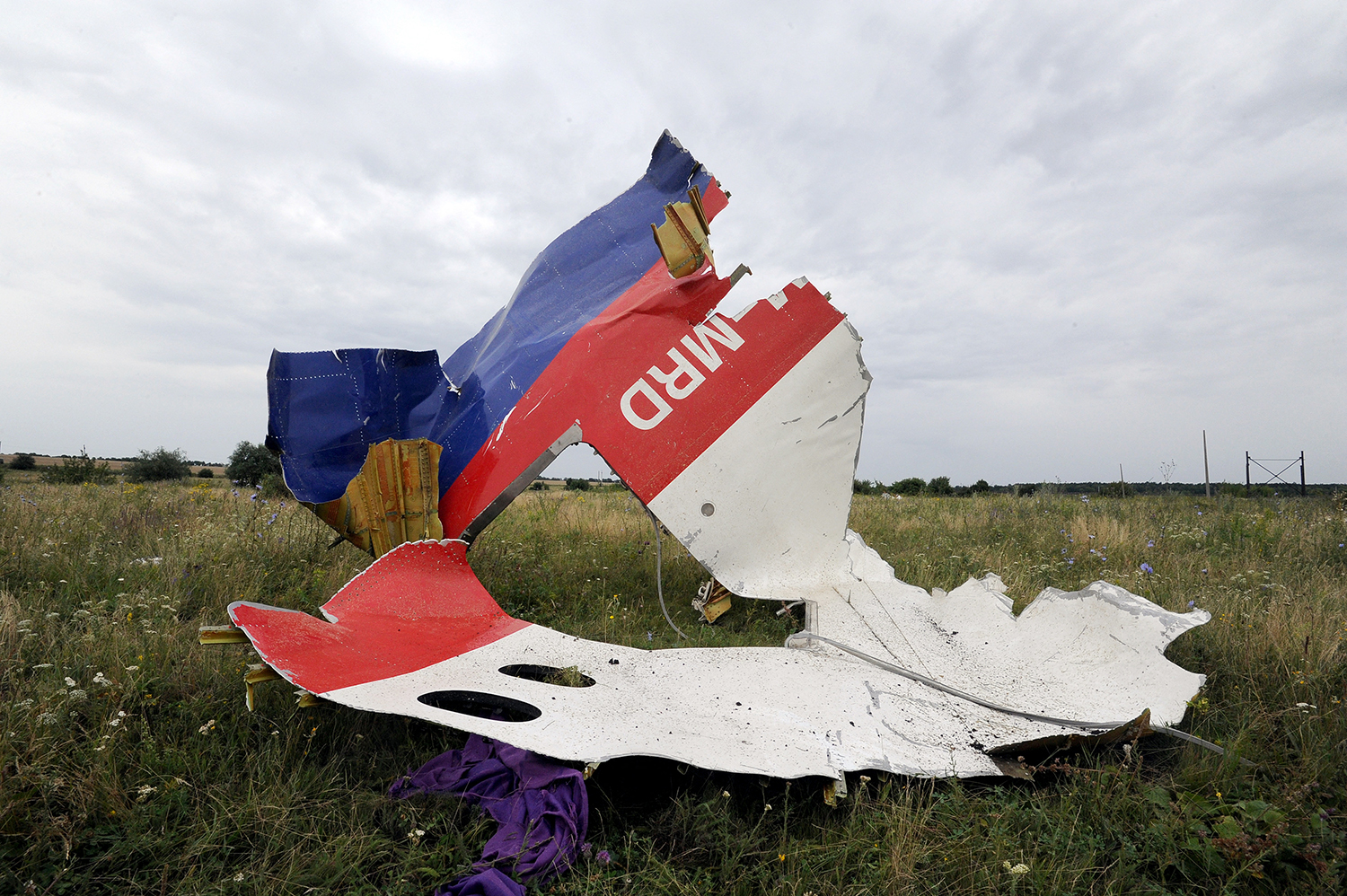
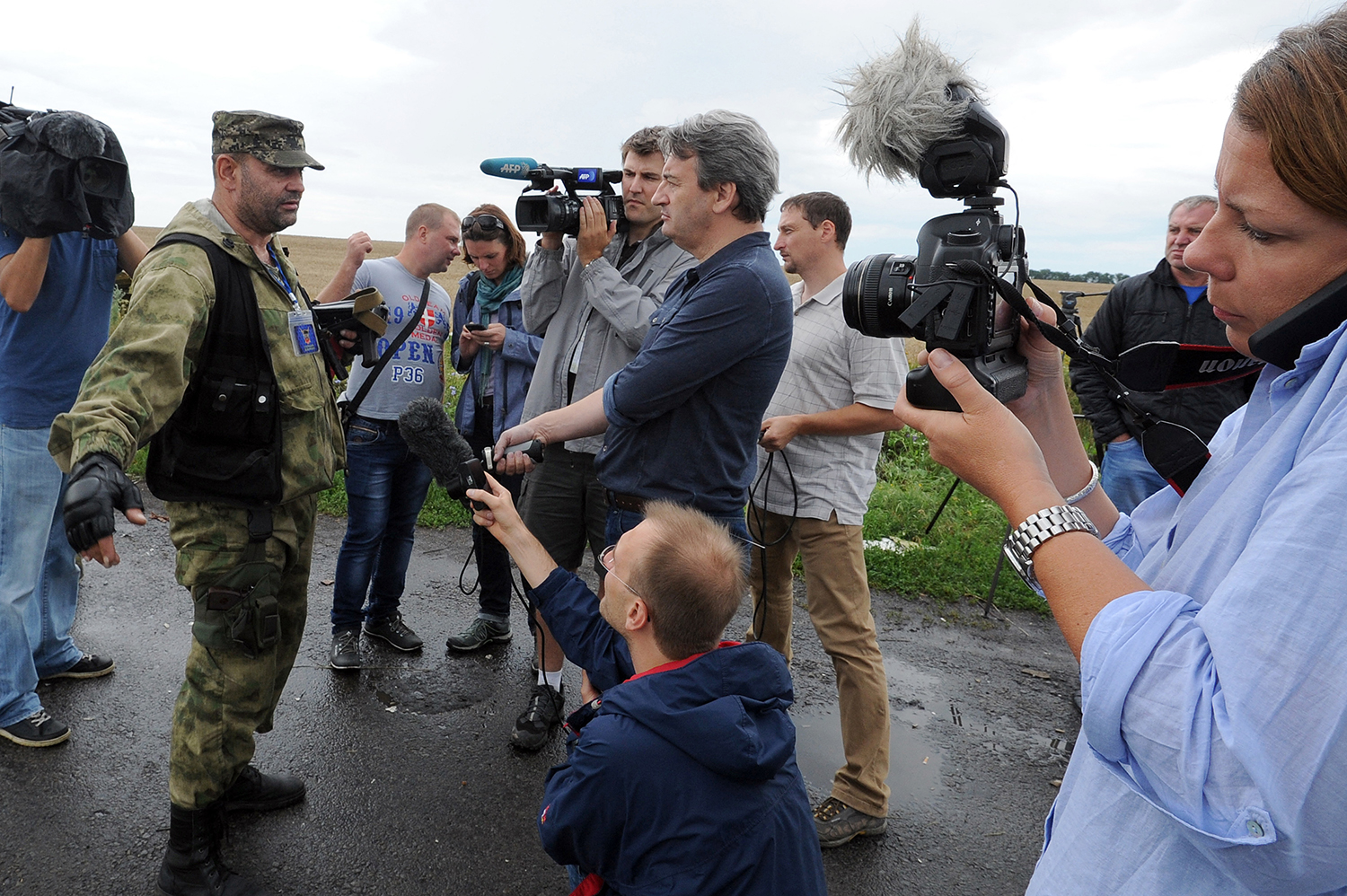



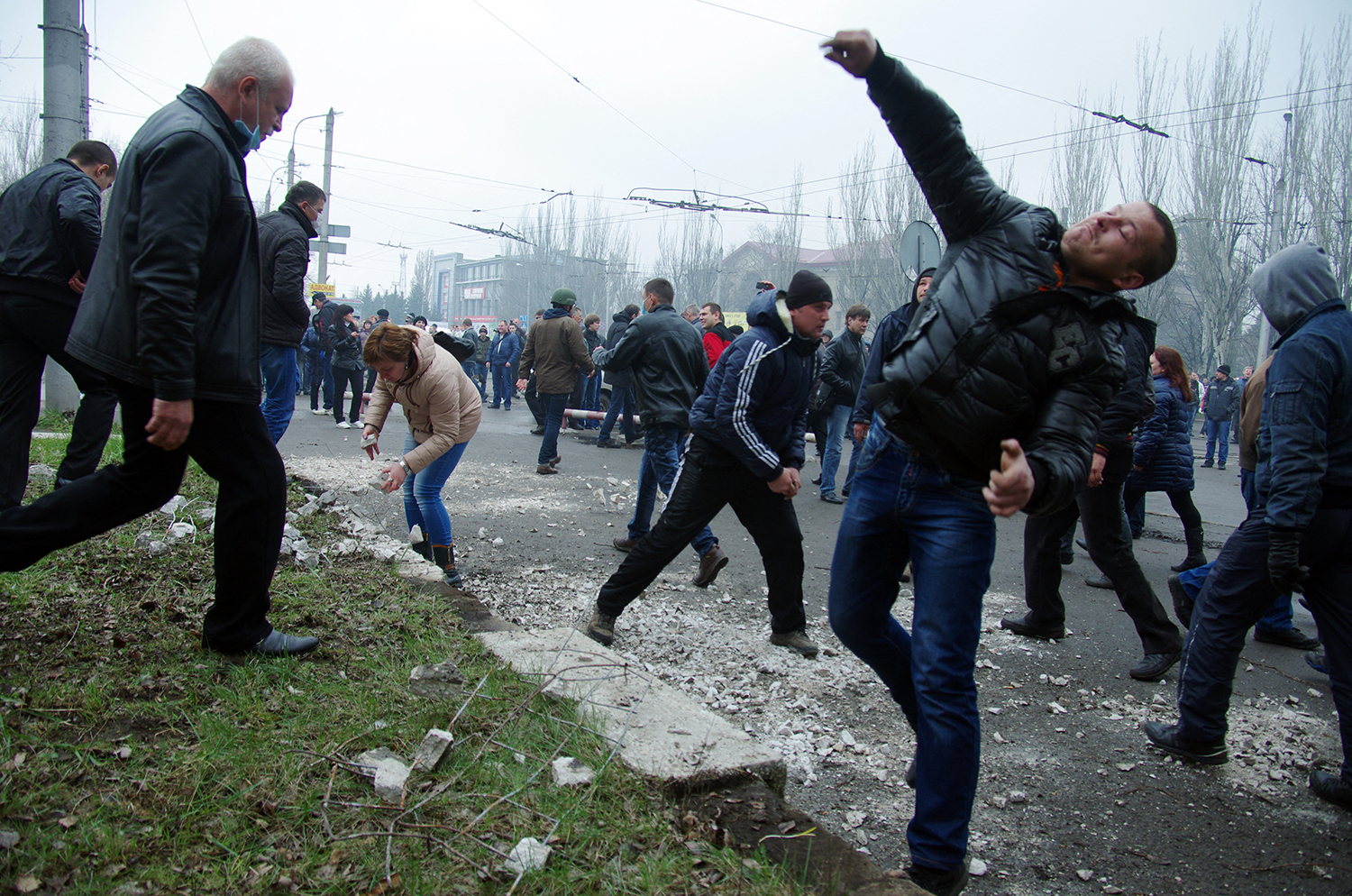
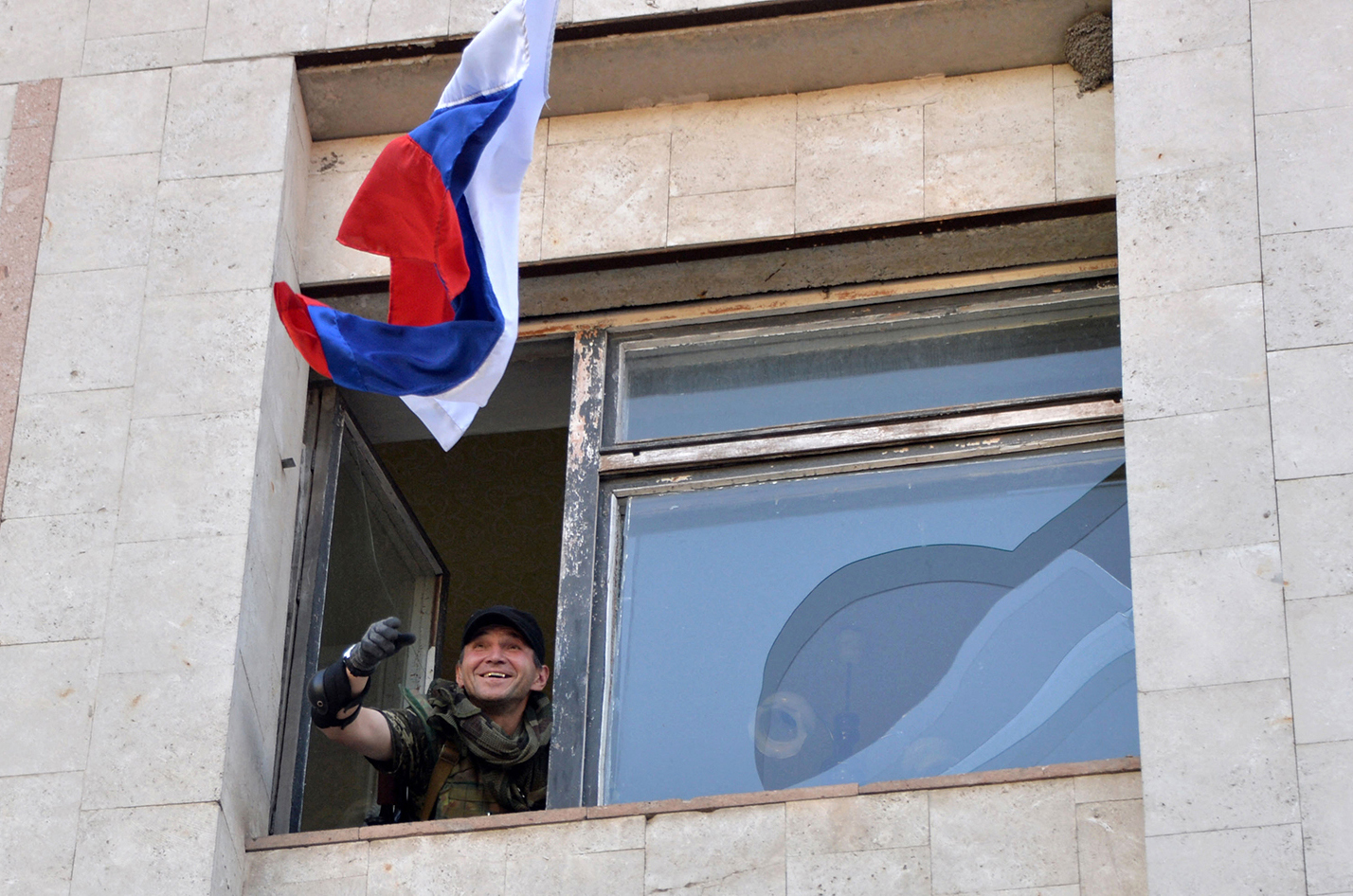
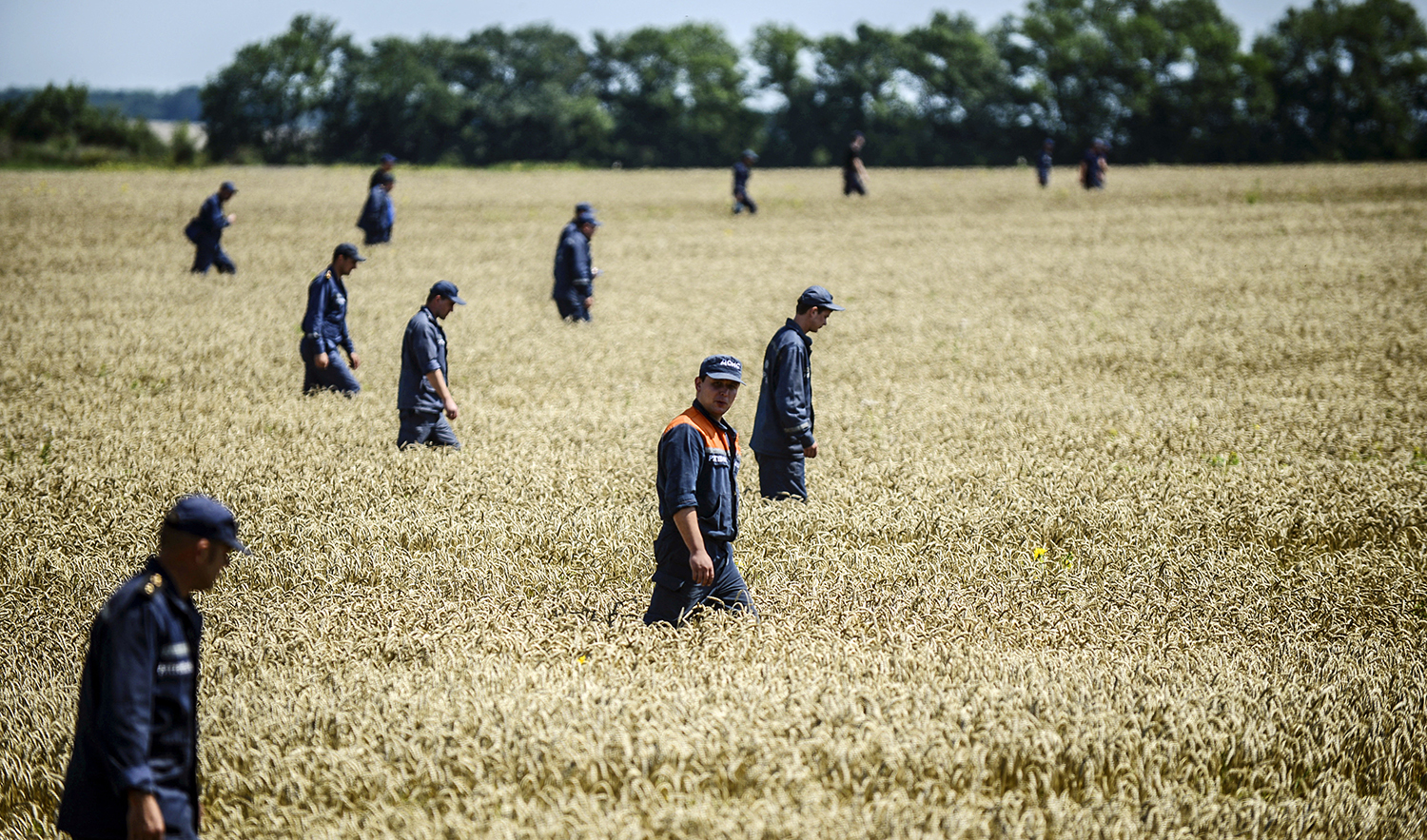
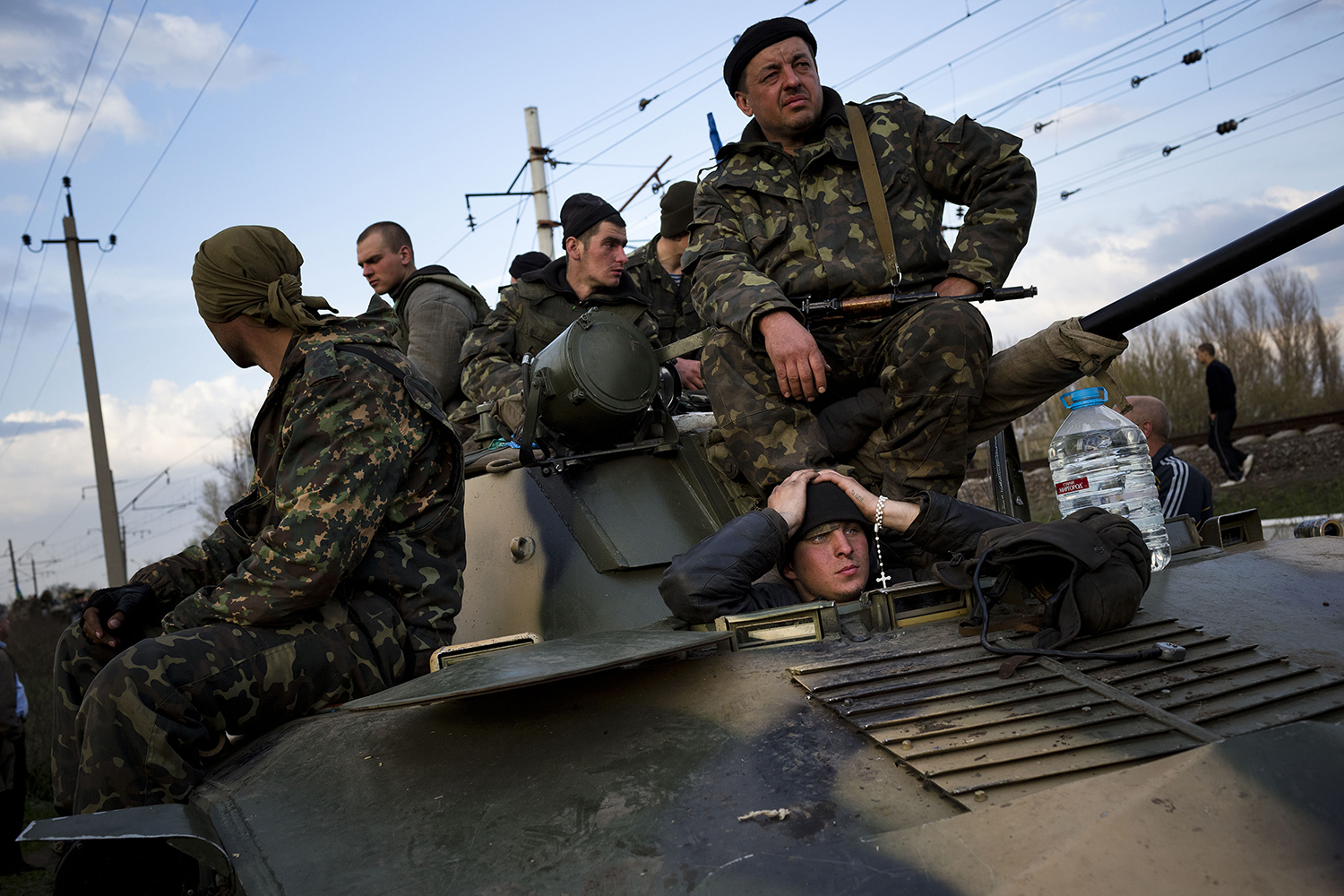
Join the Conversation
Commenting on this and other recent articles is just one benefit of a Foreign Policy subscription.
Already a subscriber? .
Subscribe Subscribe
View Comments
Join the Conversation
Join the conversation on this and other recent Foreign Policy articles when you subscribe now.
Subscribe Subscribe
Not your account?
View Comments
Join the Conversation
Please follow our comment guidelines, stay on topic, and be civil, courteous, and respectful of others’ beliefs.